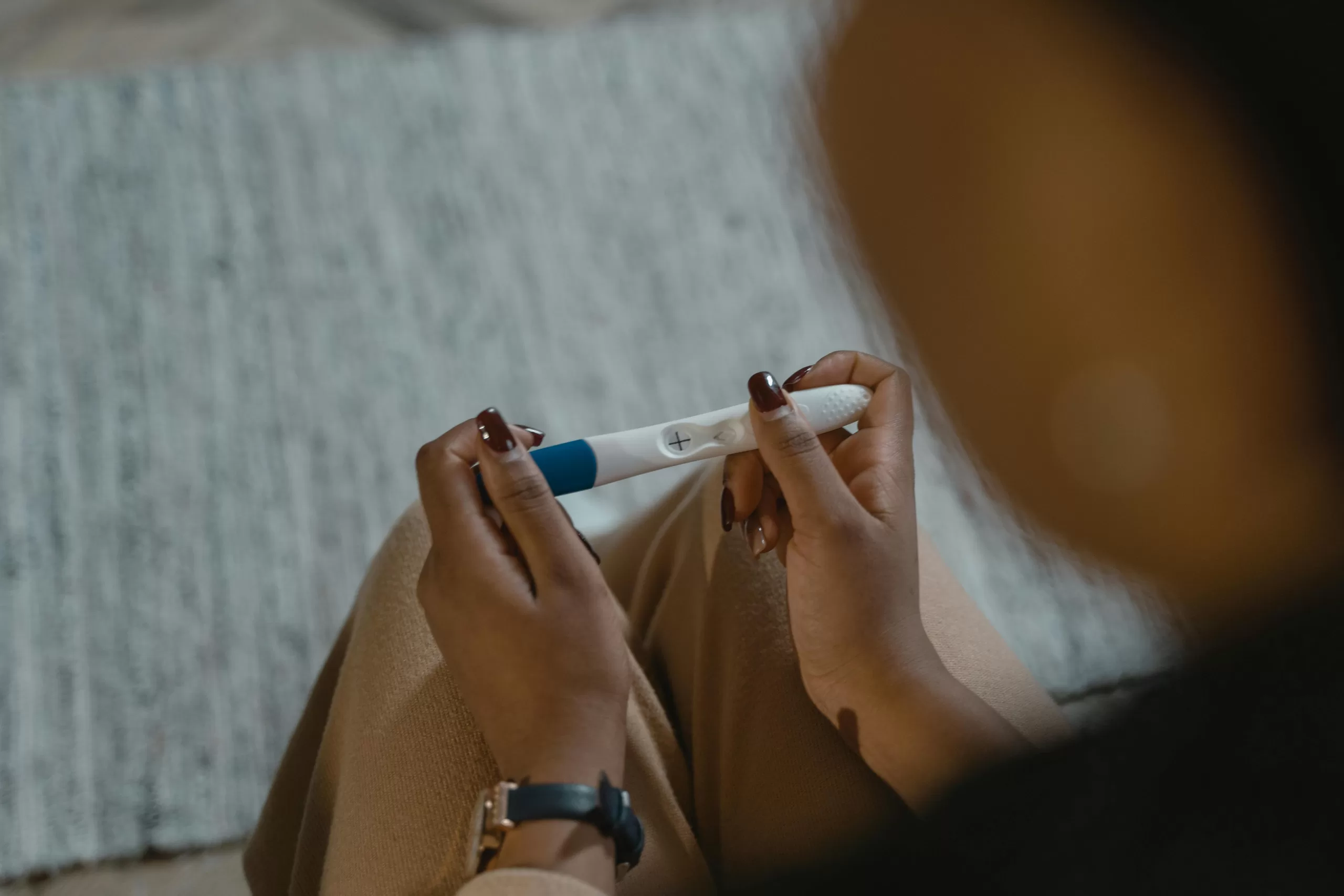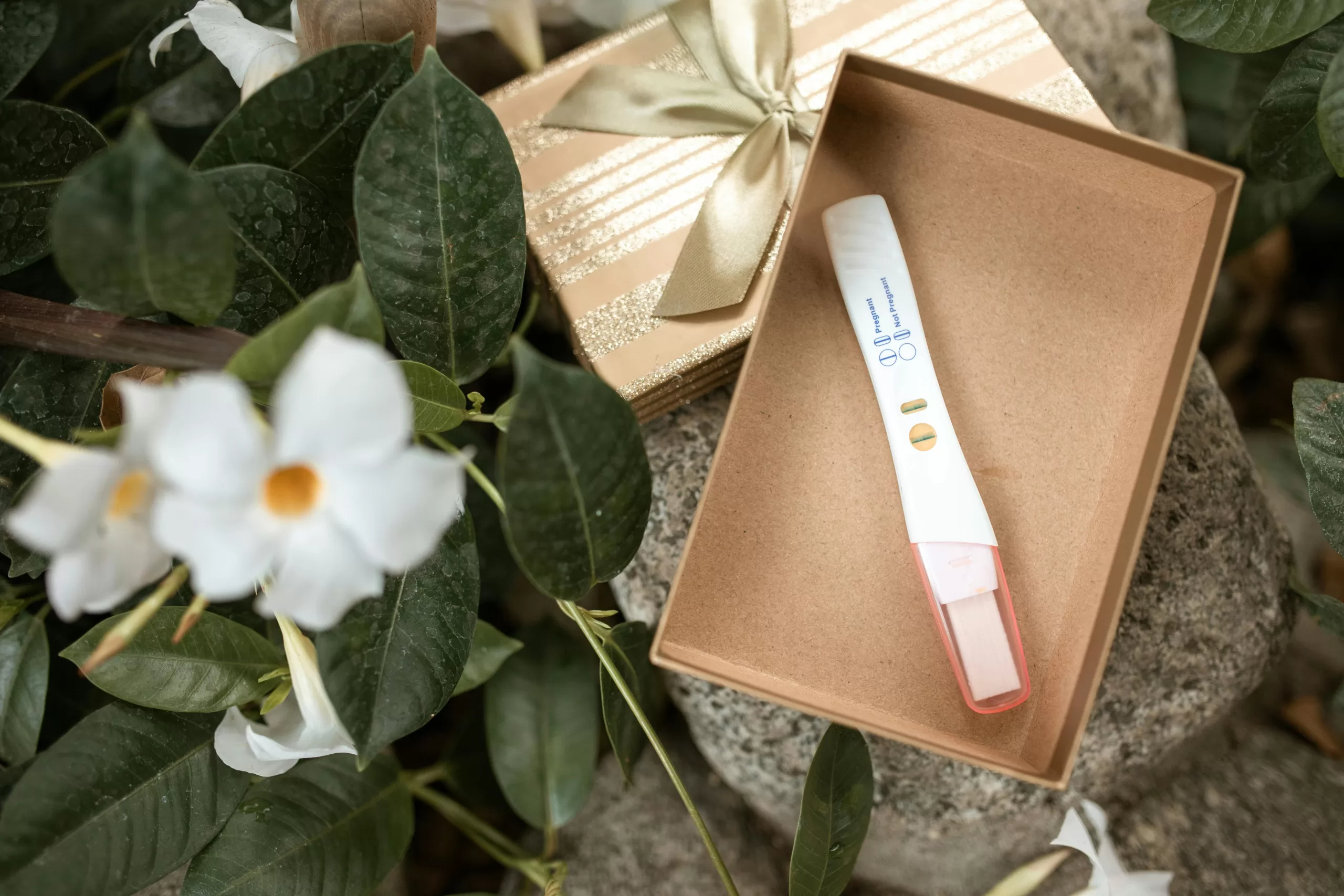In a groundbreaking achievement, researchers from the University of Yamanashi in Japan have successfully grown mouse embryos in space
The team accomplished this feat at the orbiting lab by developing a fertilised mouse egg into a blastocyst, a crucial stage where cells differentiate into the inner cell mass that forms the fetus and the trophectoderm cells that become the placenta, according to The Japan News.
The study, published in the journal iScience, involved sending 720 frozen two-cell mouse embryos to the International Space Station (ISS) using a specially designed device. This device allowed astronauts to handle the early mouse embryos with ease. The embryos were then thawed and cultured for four days.
Out of the total embryos, 360 were cultured in a device within the Japanese Kibo experiment module, which generated gravity similar to that experienced on Earth (1G). The remaining 360 embryos were cultured in a zero-gravity environment.
After the culture period, the embryos were fixed in formalin and sent back to Earth for comparison with embryos from a similar test conducted on Earth. The results showed that over 60% of the embryos from the Earth test developed into blastocysts. On the other hand, the rate was 29.5% for the embryos in the 1G space test and 23.6% for the zero-gravity test.
Teruhiko Wakayama, a professor at the University, stated, “We found that, even under zero-gravity conditions, embryos develop normally until they reach the blastocyst stage.” However, he also emphasised the need to examine whether the embryos will implant and grow properly once returned to Earth.
The research revealed that the differentiations, rate of DNA damage, and gene expressions of the blastocysts developed in zero-gravity did not differ significantly from those in other settings. Interestingly, the study also observed that three out of the 12 blastocysts from the zero-gravity test had inner cell mass cells clustered in two places instead of the usual one. This suggests the potential development of identical monozygotic twins.
This pioneering research opens up new possibilities for understanding embryonic development in space and its implications for future space exploration and human reproduction.








